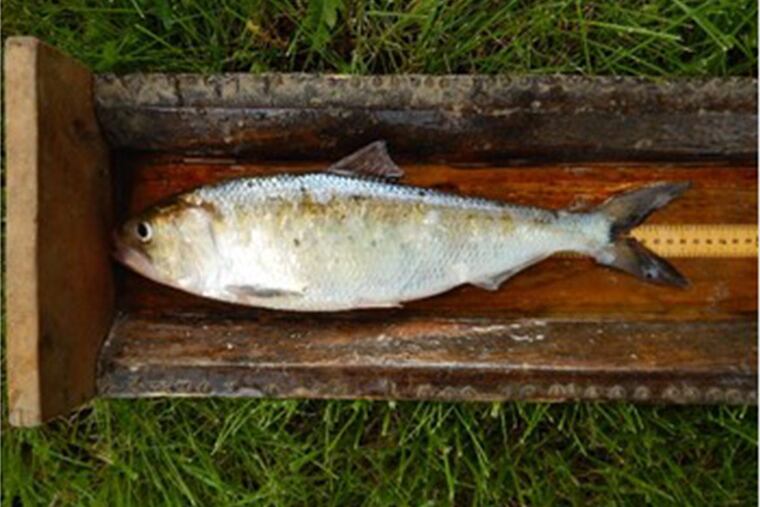Shad make strong comeback in Delaware River
Surveys conducted in the spring show that, overall, it was the ninth largest recording of migrating adult shad in 92 years of surveys.

American shad continue to make a strong comeback in the Delaware River and numbers of juvenile shad are the best in four decades, suggests a sampling overseen by the New Jersey Department of Environmental Protection (DEP).
Surveys conducted in the spring show that, overall, it was the ninth largest recording of migrating adult shad in 92 years of surveys.
"The strong shad spawning run and record-setting juvenile numbers this summer lead us to be very optimistic about the future of shad, a species that is important to the overall ecological health of the Delaware River," said DEP Commissioner Bob Martin.
He credits the state's partnership with federal agencies and nonprofit and community groups that have helped restore the fish.
Shad, a member of the herring family, have run in the Delaware since before colonial times and, according to the DEP, helped feed George Washington's Continental Army.
Pollution, especially around Philadelphia, and dam building, helped sink the fish to historic lows by the 1970s. Efforts to cleanup the Delaware River in the 1980s and 90s, and removal of dams, helped lure shad back.